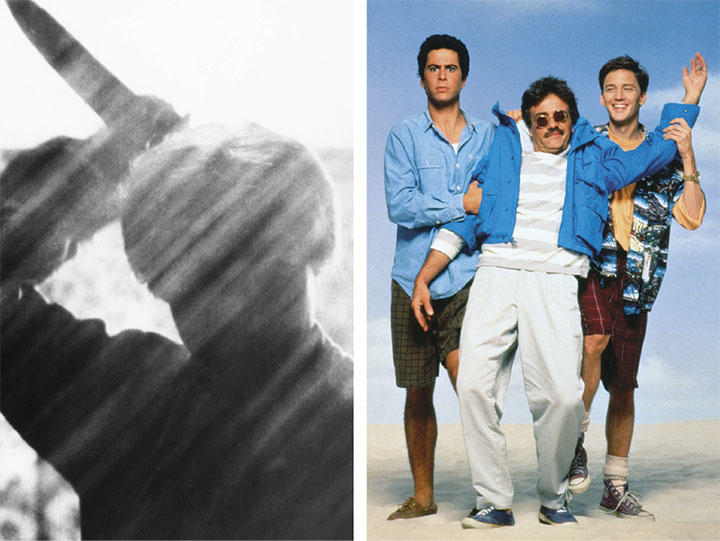Class Close-Up: Playing Dead
Bringing the dead to life by studying celebrated corpses of stage and screen
Teacher: Fintan O’Toole, visiting lecturer in theater and the Lewis Center for the Arts. A former literary editor of The Irish Times, O’Toole is now assistant editor and a columnist for that paper. Last year, he won the European Press Prize and the Orwell Prize for Journalism for his commentary on Brexit.
Focus: Students watch films and read plays in which corpses are present and consider questions such as: What happens when a body is on stage? Why do corpses star in so many movies, and how does their presence affect the plot and actions of living characters? What significance does the act of burying a body have in different cultures? How do dramas and films use corpses to explore fear, sex, greed, guilt, innocence, and grief? Why do some people deal with trauma by using humor?
On the syllabus: Plays such as Antigone by Sophocles, Breathing Corpses by Laura Wade, and The Playboy of the Western World by John Millington Synge; and films including The Three Burials of Melquiades Estrada, Psycho, and Weekend at Bernie’s.
Analyzing the dead: Students reflect on a play or movie each week and submit blog posts before class. Some potential class-discussion topics: Can the state prohibit people from burying the dead (as in Antigone); how are dead bodies portrayed differently in Hamlet vs. MacBeth; and how does the presence of a body throughout Weekend at Bernie’s bring a certain heaviness to an otherwise comedic film? Students will also act out scenes in some of the plays, with the opportunity to portray a corpse themselves.
Key takeaway: “Our lives are going in one direction — toward this moment [of death], which we all know is coming,” O’Toole said. “And we can’t live if we think about that; we have to ignore it most of the time. Art forces us to confront the things we don’t like to think about.”











No responses yet